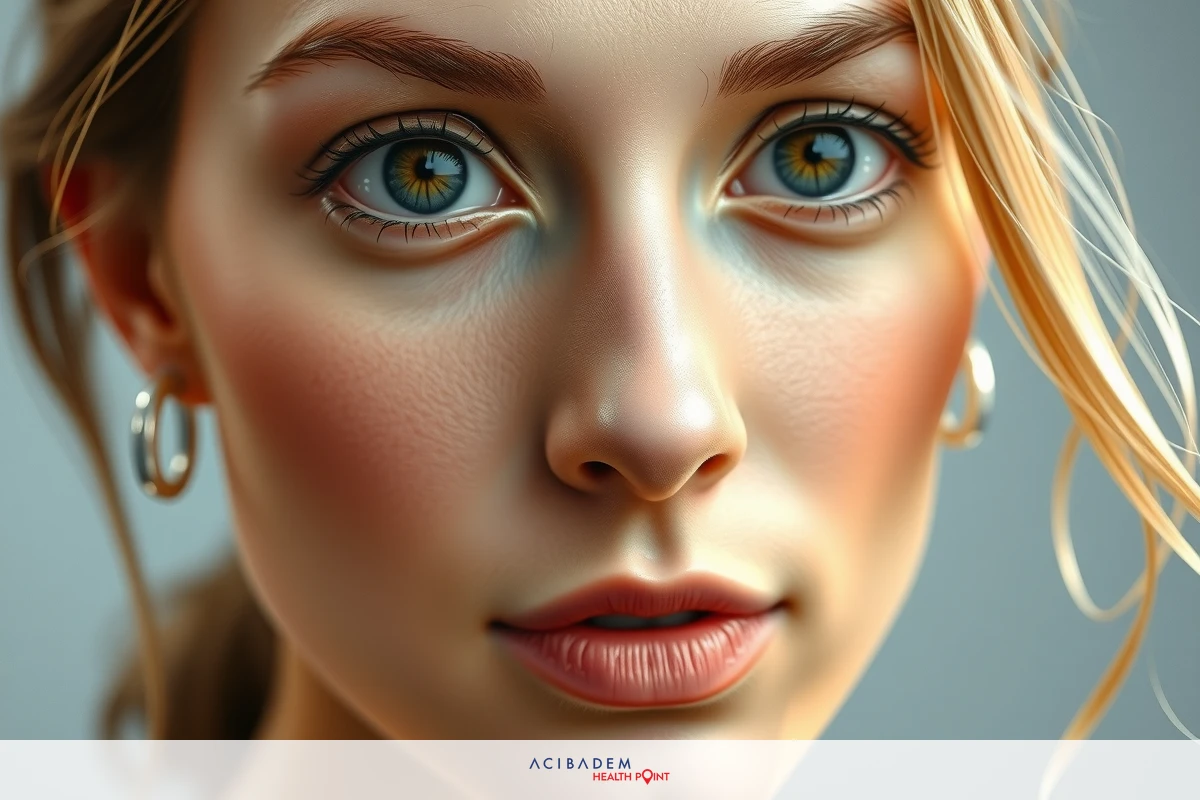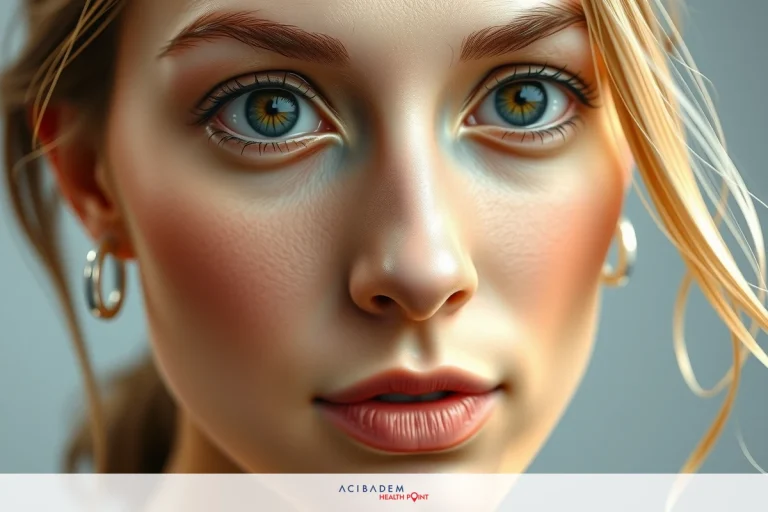Do Noses Grow After Rhinoplasty
Do Noses Grow After Rhinoplasty Are you curious about the potential changes in nose size after rhinoplasty? The truth may surprise you. Post-surgery, some alterations to nasal shape and size might occur. It’s not about your nose growing as much as it is adapting to the new structural modifications.
Different factors can influence this perceived growth. Age, for instance, plays a role in our body’s continuous change process. Furthermore, proper post-surgery care is essential for maintaining long-term results of any cosmetic procedure like rhinoplasty.
Do Noses Grow After Rhinoplasty Post-Surgery Nasal Changes
Rhinoplasty, a cosmetic procedure aiming to alter the nose’s size and shape, can lead to several post-surgical changes. These modifications are often an expected part of the healing process following such a complex surgical intervention. Interestingly, these alterations may sometimes give off an illusion of nose growth. However, it isn’t about actual growth but rather subtle transformations instigated by the intricacies of healing.
One common change after rhinoplasty is swelling. This temporary enlargement can make the nose appear larger or more pronounced for some time post-surgery. Although this might be alarming initially, patients should not fret as it is a normal response from our bodies trying to heal from trauma; in this case, surgical incisions and adjustments made during the procedure.
Another crucial aspect that contributes to perceived nasal changes post-rhinoplasty is tissue remodeling—our body’s natural reaction toward maintaining structural integrity when disrupted by external factors like surgery. Over time, scar tissues mature and contract around your new nasal architecture leading to subtle shifts in appearance which some individuals might interpret as ‘growth’. Understanding these physiological responses will help patients manage expectations better and contribute positively towards their recovery journey after undergoing rhinoplasty.
Factors Affecting Nose Growth
Rhinoplasty, as a surgical intervention, prompts the human body to respond in various ways. These responses can lead to perceived nasal growth post-surgery. However, it’s essential to note that these changes are not indicative of actual physical growth but an amalgamation of factors intertwined with healing and tissue remodeling.
The following points will shed light on some crucial elements influencing the perception of nose growth after having undergone rhinoplasty:
- Swelling: As one of the most common immediate reactions post-surgery, swelling can give your nose a temporarily enlarged appearance.
- Scar Tissue Formation: The creation and maturation of scar tissues around surgically adjusted areas may result in subtle shifts in nasal shape over time.
- Aging Process: Our bodies continually change due to aging; this natural process might cause slight modifications to our facial features including our noses.
- Post-Surgical Care: How well you manage your recovery significantly contributes towards how your nose finally settles into its new shape.
- Individual Healing Response: Every individual heals differently from surgery; thus personal healing attributes play a part too.
These factors interplay uniquely for each person undergoing rhinoplasty contributing toward creating their unique post-surgical outcome – sometimes interpreted as ‘nose growth’.

Maintaining Long-Term Results
Preserving the desired outcome of a rhinoplasty procedure involves understanding that each patient’s journey is unique. It’s not simply about the surgery itself, but also what follows afterward. Post-surgery care plays an integral role in maintaining longterm results and ensuring the new nasal structure settles well.
One essential tip for patients post-rhinoplasty is to follow their surgeon’s instructions diligently. This includes medication schedules, follow-up appointments, and possible lifestyle adjustments. Ensuring adequate rest during recovery can aid healing processes significantly. Moreover, avoiding strenuous activities that may put undue pressure on your nose or disrupt internal healing should be strictly adhered to initially.
Furthermore, protecting your nose from potential injuries is crucial too – this means being extra careful while dressing up or wearing glasses until full recovery. Also important is sun protection; excessive UV exposure can lead to hyperpigmentation around incision sites making scars appear more noticeable than they are! Finally yet importantly comes the aspect of patience—rhinoplasty outcomes mature over time so immediate post-operative changes aren’t representative of final results!
As we navigate through our lives post-rhinoplasty, it becomes clear that maintaining these long-term results isn’t just a product of successful surgery but rather a continuous process involving conscious efforts towards meticulous aftercare and healthy lifestyle habits.
Frequently Asked Questions
Does the nose actually grow post-rhinoplasty?
No, what people often perceive as 'growth' are changes related to healing processes like swelling and scar tissue formation.
Can aging impact my rhinoplasty results?
Yes, our bodies continuously change due to aging; this natural process might cause slight modifications to facial features including your nose.
How important is post-surgical care in maintaining long-term results?
Post-surgical care plays a significant role. This includes following medication schedules, attending follow-up appointments, protecting your nose from injury and UV exposure.
When can I expect final outcomes of my rhinoplasty surgery?
Rhinoplasty results mature over time; immediate post-operative changes aren’t representative of final results. Patience is key when evaluating long-term outcomes.











